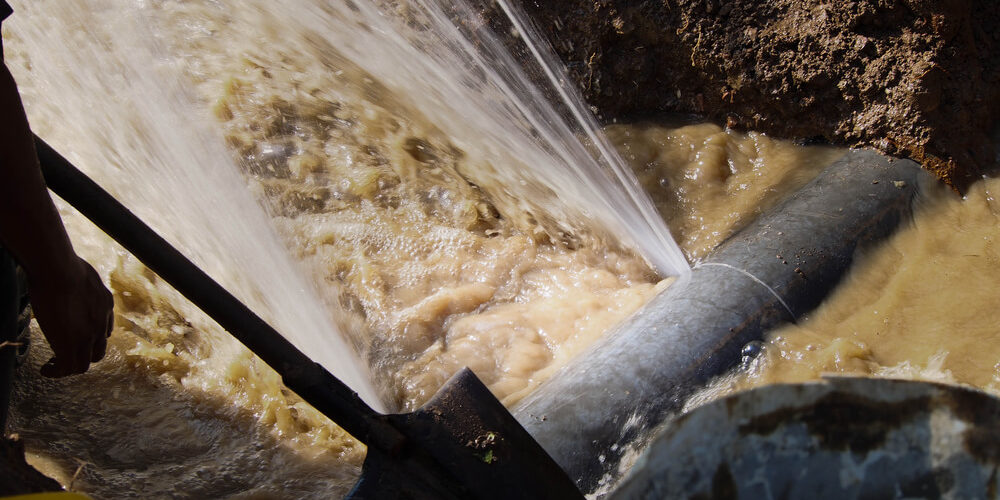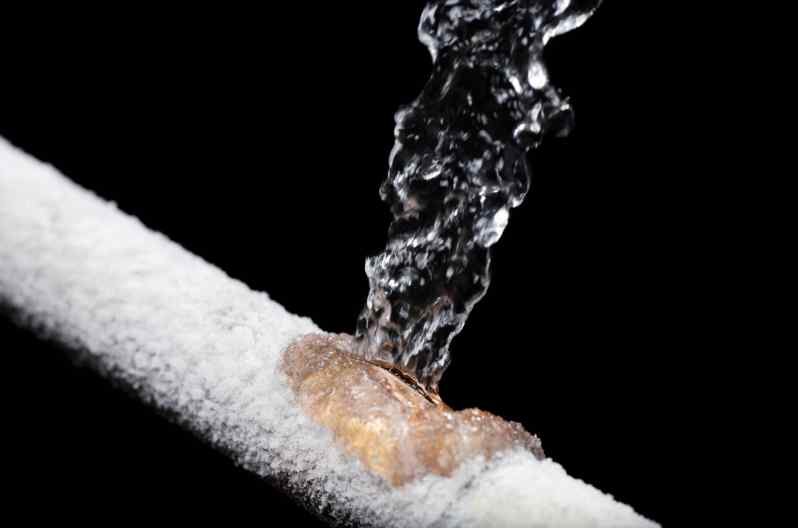Stop the Flood: Strategies for Identifying and Fixing Ruptured Pipes
Stop the Flood: Strategies for Identifying and Fixing Ruptured Pipes
Blog Article
Just how do you feel about How to install a dishwasher safely?

A ruptured pipeline is a major emergency; you can only stand as you view water you pay a lot to rejoin with the earth. In worse situations, you see a pool on your cooking area flooring, which is a fantastic journey threat, especially if you have kids around. If the pipeline that burst was in your wall surfaces, trouble: you may need to repaint that entire section.
Exactly how can a tragedy like a ruptured pipeline be prevented and managed? Well, by listening to your expert emergency plumbing technicians and also adhering to these policies.
Just how do I recognize when my pipes have burst?
Varying water stress
Pipelines do not simply burst in a day. You might have noticed that your kitchen tap or shower does not run promptly when you transform the tap. It might stop for a couple of secs and afterwards blast you with even more pressure than normal.
In various other circumstances, the water might seem typical initially, after that decrease in stress after a couple of secs.
Polluted water
Lots of people presume a burst pipe is a one-way outlet. Fairly the contrary. As water spurts of the hole or wound in your plumbing system, impurities locate their way in.
Your water may be contaminated from the source, so if you can, check if your water tank has any problems. However, if your drinking water is supplied and detoxified by the local government, you need to call your plumber promptly if you see or scent anything funny in your water.
Puddles under pipes and also sinks
When a pipeline ruptureds, the outflow forms a pool. It might appear that the puddle is expanding in size, and despite the amount of times you mop the puddle, in a couple of mins, there's one more one waiting to be cleaned. Often, you might not be able to trace the pool to any type of visible pipelines. This is a sign to call a professional plumber.
Damp wall surfaces and water stains
Prior to a pipeline bursts, it will leak, the majority of times. If this relentless leaking goes unnoticed, the leakage might graduate right into a broad gash in your pipeline. One simple way to prevent this emergency is to watch out for damp wall surfaces ad water discolorations. These water spots will lead you right to the leak.
Untraceable trickling sounds
Pipe ruptureds can take place in the most unpleasant areas, like within concrete, inside walls, or under sinks. When the house goes quiet, you may be able to listen to an irritatingly consistent trickling noise. Also after you've examined your shower head as well as kitchen faucet, the dripping might proceed.
Precious viewers, the leaking might be originating from a pipeline inside your walls. There isn't much you can do concerning that, except inform a specialist plumber.
Turn up the Warm
Establish fans to blow warmth into cool spaces. Maintain the garage door closed. If you have actually lowered water flow, heat one of the most vulnerable pipelines (usually in basements as well as crawl spaces or near outside walls) with a hair dryer. Leave the tap on while you apply warm. As you thaw ice, the flow will certainly increase. To avoid pipelines from freezing, protect your wall surfaces.
Start Doing Away With the Water
Order the mop, containers and also a shop vacuum to begin to get rid of the water since you absolutely don't want it saturating right into everything else in the house. And also, a fast clean up will certainly reduce the possibilities of something obtaining moldy.
What do I do when I identify a ruptured pipe?
Your water meter will certainly continue to run even while your water wastes. To lessen your losses, locate the main controls and transform the supply off. The water pipe are an above-ground framework at the edge of your residential property.
How to Fix & Detect a Leaking Pipe
How Do I Know if a Pipe is Leaking?
Leak detection tests can help you determine if your pipe has a leak. Even if you don’t see an apparent leak, you should still conduct leak detection tests regularly to save water and money—and prevent major damage to your home.
Water meter. It can be helpful to figure out what your usual water meter usage numbers are and then monitor them regularly. To monitor your meter, first, turn off all water faucets in your home. Check the meter and write down the numbers. In a few hours, check the meter again. If the numbers have changed, you have a leak. Water gauge. Use a water gauge to test your water pressure. Your showerhead should produce a certain amount of water pressure based on its model and design. If the pressure is lower than it is supposed to be for that specific showerhead, your home likely has a leak. Puddles. Look inside your bathroom, laundry, and kitchen sink cabinets. Puddles around the cabinets or around toilets, tubs, showers, and washing machines indicate the presence of a leaking pipe. You may also notice loose tiles, peeling or flaking paint, or mold caused by water accumulation. Napkin test. Even if you don’t see any puddles, you may still have a leak. You can test for water leaks in the bathroom, laundry, and kitchen by wiping below-sink connections with a napkin, paper towel, or piece of toilet paper. If it becomes damp, you probably have a leaking pipe under the sink. Discolored walls. Walls that are discolored—usually with brown or yellow stains—or bulging might mean that they have been impacted by water damage caused by a leaking pipe. Smell. A leaky pipe will create sitting water, and over time, that water may develop a musty smell. If your home smells musty, but you can’t locate the source, it may be due to a leak. Steps for Fixing a Leaking Pipe
A leaky drain can be remedied by tightening the pipe base, replacing the drain seal, caulking the rim, and tightening the pipe nut. Similarly, a leaking toilet pipe can be treated by tightening the packing nut. You may also need to replace the valve. A leaky faucet may just need tightening or replacement of the washers. If that doesn’t work, consider replacing your faucet. If your pipe has a hole in it, you may want to use a pipe leak sealer or pipe leak tape. This quick fix for water pipe leaks can also temporarily fix a copper pipe leak. https://www.ahs.com/home-matters/quick-tips/how-to-tell-if-pipes-are-leaking/

I stumbled upon that page on How to install a dishwasher safely while browsing the search engines. Sharing is nice. Helping others is fun. Bless you for your time. Visit again soon.
Course Detail
Report this page